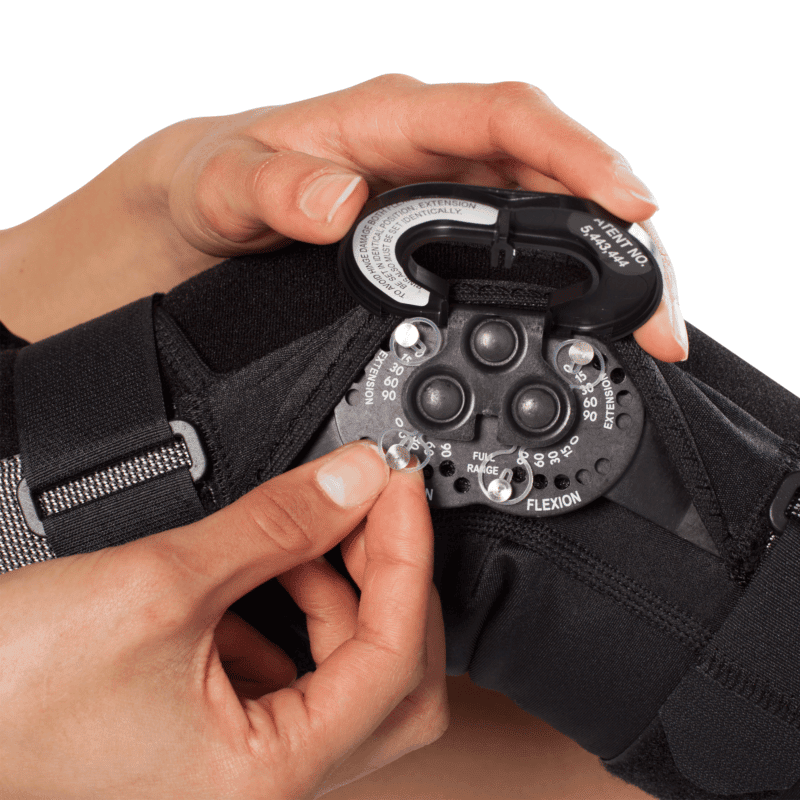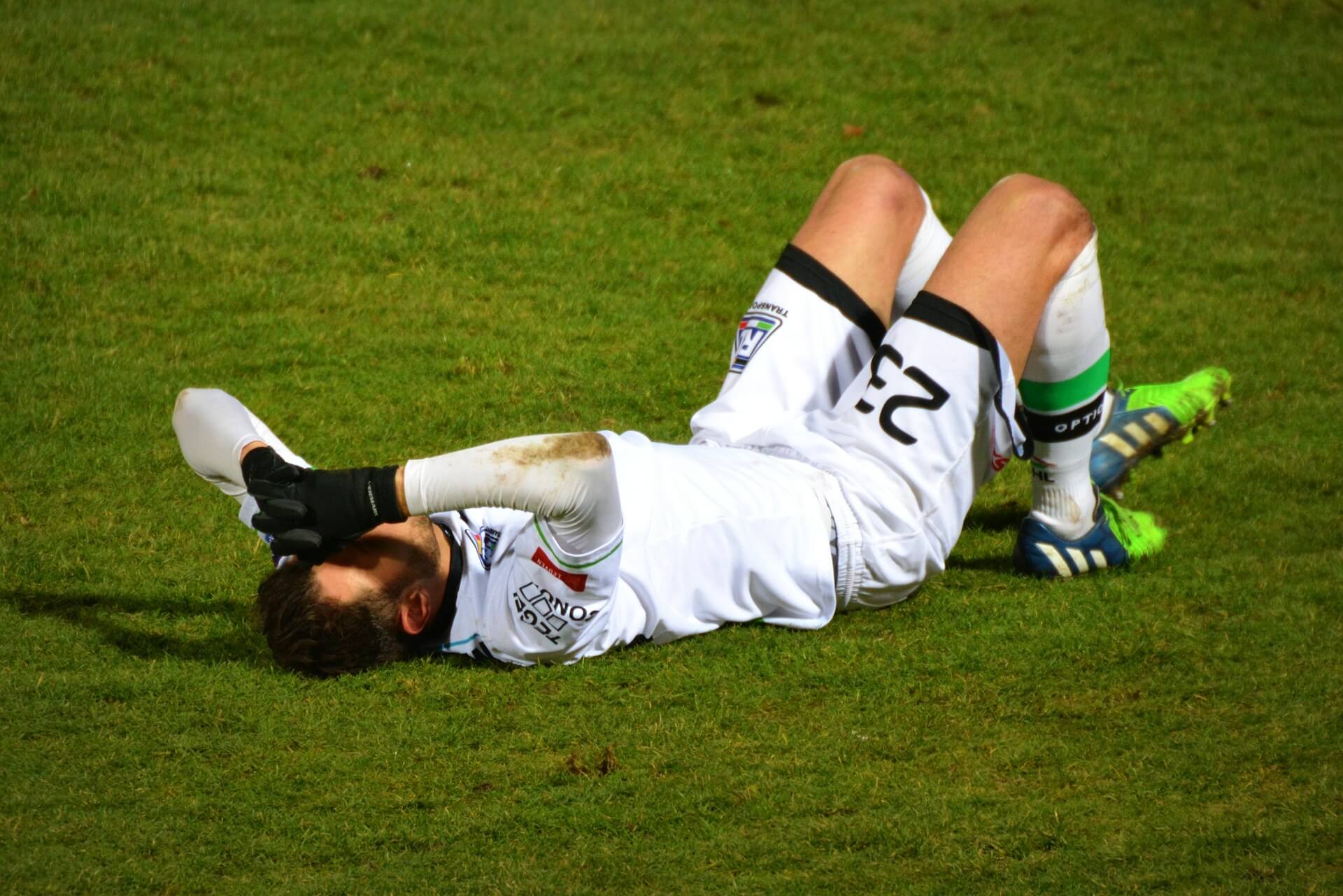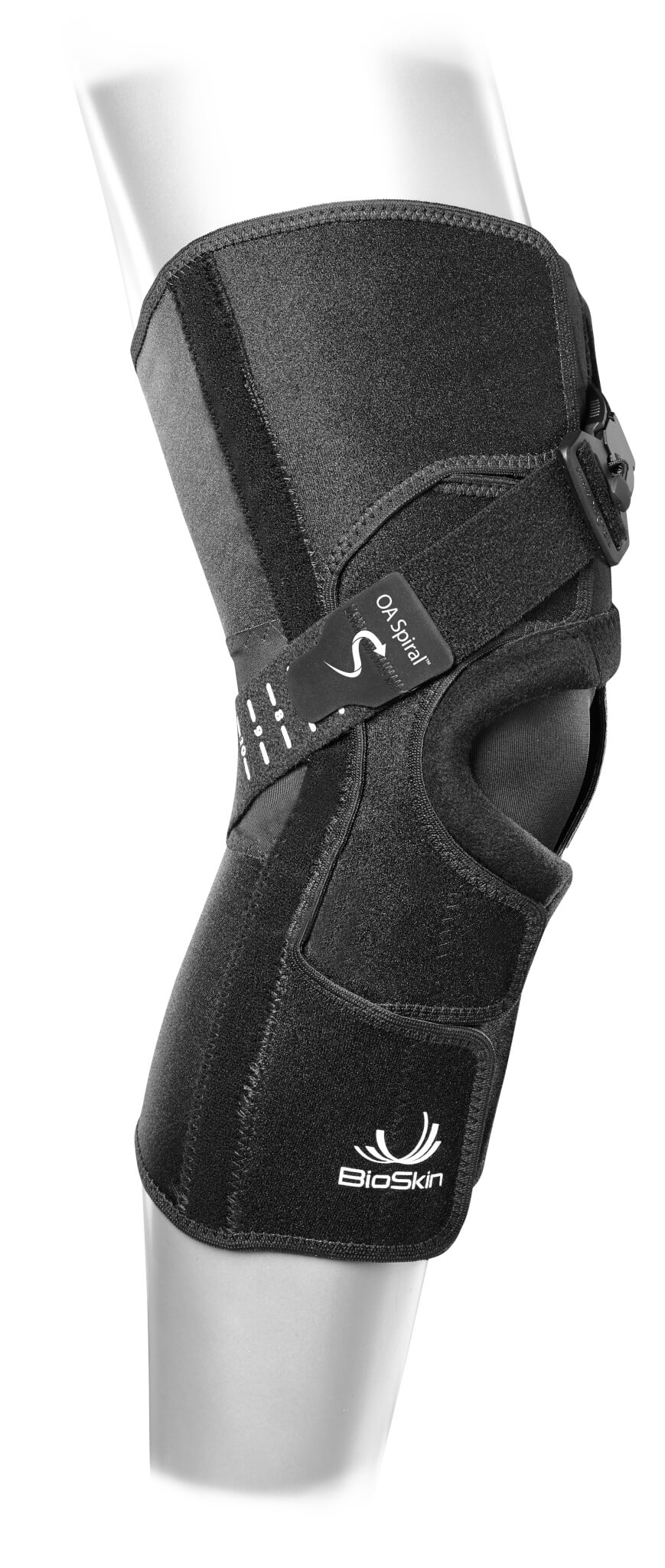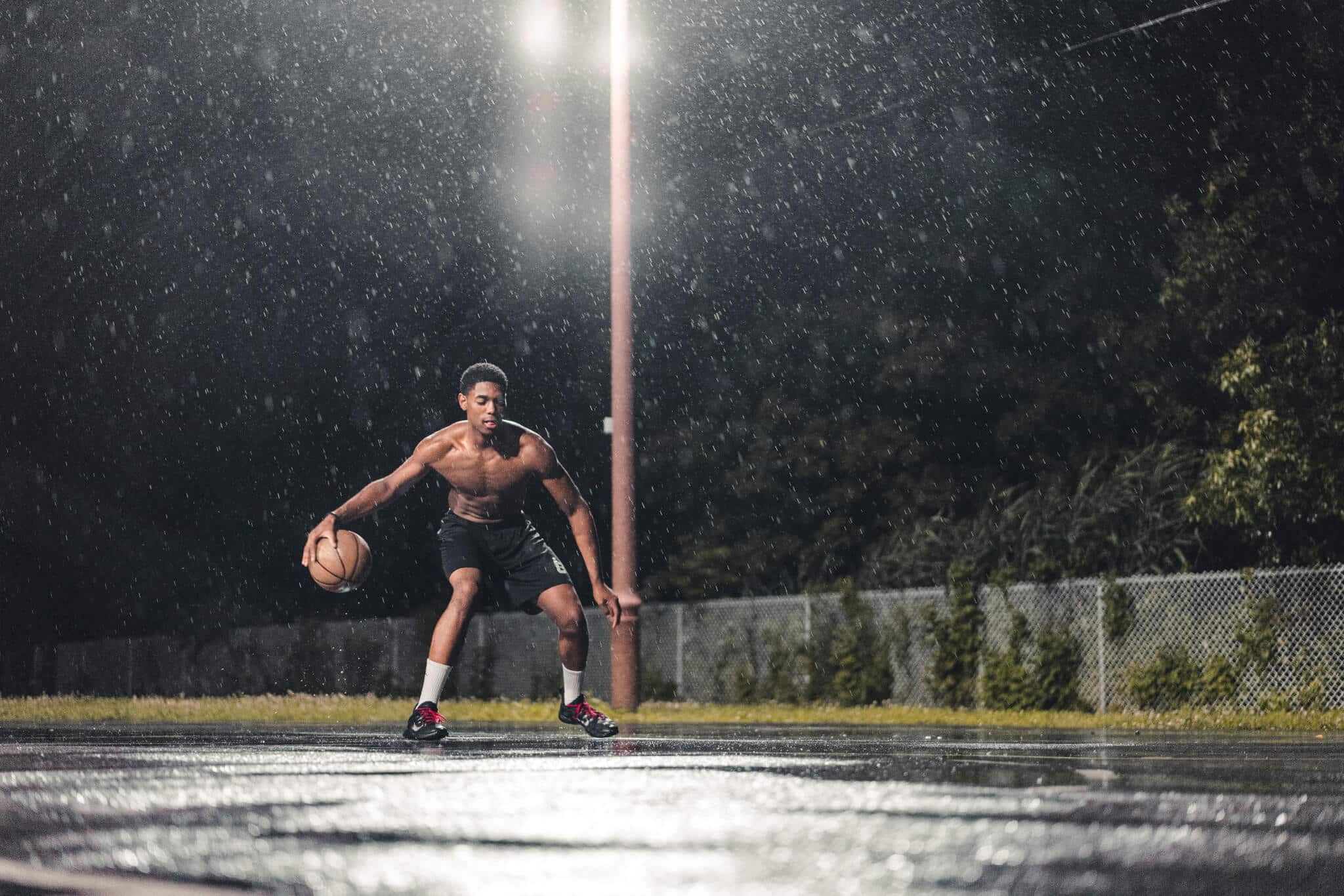Comment choisir la meilleure genouillère pour la course à pied
Knee pain is a familiar foe to most avid runners. In fact, about 40 percent of running injuries are knee injuries and 13 percent of runners have experienced knee pain in the past year, according to a survey by Runner’s World. In this post, we take a look at four of the most common knee injuries from running and how to choose the best knee brace for running after suffering each of these injuries. Together with strategies like physiotherapy and active recovery, the correct knee brace can help runners overcome their injuries and return to the starting line.
Knees are one of the most critical elements in maintaining an active lifestyle. However, the joint takes on a special importance to runners. A strong set of knees is essential to handle the ups and downs of trail running or kick your body into high gear to achieve a personal best. You will also need them to simply guard the body against the stresses of mile after mile of routine training runs.
Runner’s Knee
What It Is
Runner’s Knee, or as it’s technically called patellofemoral pain syndrome, is caused by inflammation of the cartilage on the underside of the kneecap (patella). It typically flares up during or after a long run. However, it can also appear after an extended period in a seated position or while descending slopes or stairs. A runner with biomechanical factors that result in extra pressure on the knee will be at risk from this injury. Risk factors excessive inward foot rolling or overpronation. Underdeveloped quads, hips, or glutes can also be contributory factors.
What To Do About It
The first measure to take is to build stronger weak hip and glute muscles. Taking crouched lateral steps using a resistance band is a perfect strategy to achieve this. Icing your knee after a run also provides relief just after the injury is experienced. However, heat therapy is a better choice once the healing stage is underway.
Athletic tape can be used on the knee to reduce pain and help correct improper tracking of the kneecap. You can also try modifying your running style by using a shorter stride length and landing with a slightly bent knee. These will both help to reduce stress on the joint. To aid in supporting your knee, reducing pain, supporting weak areas and training your body to shorten its stride, invest in a knee brace designed for running. The best knee brace for running after incurring this injury is one that helps maintain proper patella tracking as this will reduce the likelihood of recurrence of the injury.
Iliotibial Band Syndrome (ITBS)
What It Is
The iliotibial (IT) band runs along the exterior side of the thigh between the hip and the knee. During the act of running, this band of tissue can sometimes rub against the thighbone. Irritation can result if you increase your training intensity too quickly.This is especially the case with runners who spend a lot of time on the track or running downhill. Iliotibial Band Syndrome is involved in approximately one in every eight running injuries.
Some of the risk factors that may predispose you to ITBS include overpronation, having legs of different length or lacking strength in the hip abductor or gluteal muscles.
What To Do About It
Much like Runner’s Knee, effectively combatting ITBS requires strengthening the hip abductors. You can do this with side steps, lateral leg lifts and doing squats on one leg. Another approach is to work out with a foam roller before and after each run. Position the exterior side of the thigh on the roller and then roll your IT band from the knee to the hip.
Swap out hiking and cycling for swimming, and elliptical training. If you run on a track, you might try reversing directions frequently during your run. Runs on hilly routes should be limited.
Some experts believe that IT band issues can be helped if you shorten your stride so that you can land on the front portion of the heel or on the midfoot.
The best knee brace for running while afflicted with ITBS is one that will apply compression precisely to the injured area. Such a brace will reduce pain and accelerate healing.
Meniscus and Cartilage Injuries
What It Is
Meniscus and knee cartilage injuries are not exclusive to runners. There has, however, been a recent uptick in the number of runners experiencing these injuries. Most meniscus and cartilage tears are the results of a slip, fall, sudden twist or age-related degenerative tearing. The meniscus sits between the femur and tibia and serves as a shock absorber. Damage from a meniscus tear compromises the knee’s ability to handle the impact of running. Pain and joint swelling along the joint line on one side of the knee are the hallmarks of a meniscus tear.
What To Do About It
For smaller degenerative tears or injuries to the meniscus and cartilage, a conservative set of treatments can help runners recover successfully. By combining rest from running with a comprehensive cross-training program, a runner can build strength in the supporting muscles around the knee, meniscus and cartilage until the pain and swelling have subsided.
For more severe injuries or tears, a runner may require a heavier physiotherapy routine to strengthen the knee, develop correct range of motion and repair damage.
The best knee brace for running after suffering a meniscus tear is usually one with a hinge. Such a brace will also provide mild to moderate medial and lateral support and compression to fully surround the meniscus and protect it. An offloader brace can be the best choice for meniscus injuries. This is especially true for injuries that require surgery to repair the most severe damage.
Patellar Tendinopathy/Tendinitis
What It Is
The patellar tendon connects the kneecap to the lower leg bone. With Patellar tendinopathy the pain is directly on the tendon or the point at which it connects to the bone. By contrast, kneecap pain is usually centered on the kneecap and nowhere else.
Patellar tendon pain is commonly experienced as an overuse injury but is also often connected to a sudden alteration in training routine.
Research reports also cite forefoot running (running with too much weight on the forefoot) as a major factor in the development of patellar tendinopathy. In other words, a barefoot/minimalist style of running may be a risk factor for developing patellar tendon pain.
What To Do About It
Runners recovering from patellar tendon injuries should prioritize strengthening exercises, with focus on the quads. A partial break from running should also factor into a recovery plan. Be aware, however, that a complete break may actually exacerbate the problem. Overtraining – running excessive miles too fast and too early in training – is a major contributory factor for patellar tendon injuries.
When recovering from patellar tendon injuries, make sure to increase your running volume and intensity gradually. A good rule of thumb might be to keep the intensity of training during each week or month within 110 percent of the intensity of training done over the previous period.
The best knee brace for running with this condition will extend up the leg to protect the quads. It will also safeguard the other structures supporting the knee. Finally, it will offer compression to help reduce pain and inflammation associated with patellar tendon injuries.







